We all know that our planet is home to some truly spectacular natural wonders, but have you ever stopped to consider that many of these marvels are fading away faster than we’d like to admit? Thanks to climate change, a number of these breathtaking sites are at risk of disappearing entirely.
1. The Great Barrier Reef Is Under Attack
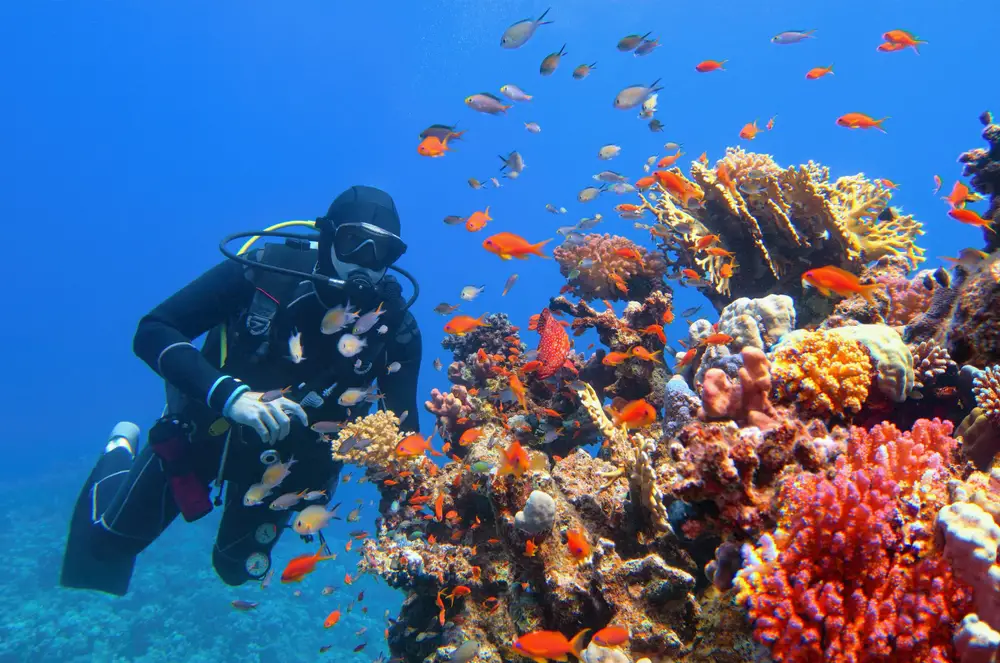
The Great Barrier Reef is one of the most incredible ecosystems on our planet, stretching over 1,400 miles off the coast of Australia. It’s a vibrant underwater paradise, bustling with marine life and dazzling colors that attract divers and tourists from around the world. Unfortunately, this natural wonder is facing a crisis, primarily due to rising sea temperatures. According to the Great Barrier Reef Foundation, coral bleaching events have become more frequent and severe, leaving large swathes of the reef pale and lifeless.
The increasing temperatures are not the only threat; ocean acidification and pollution further complicate matters. The reef’s biodiversity is under siege, with many species struggling to survive in the changing environment. Efforts are underway to restore and protect this iconic site, but the clock is ticking. If we don’t act quickly, future generations may never get to experience the magic of the Great Barrier Reef firsthand. It’s a sobering reminder that our actions today directly impact the legacy we leave behind.
2. Greenland’s Ice Sheet Is Melting Away
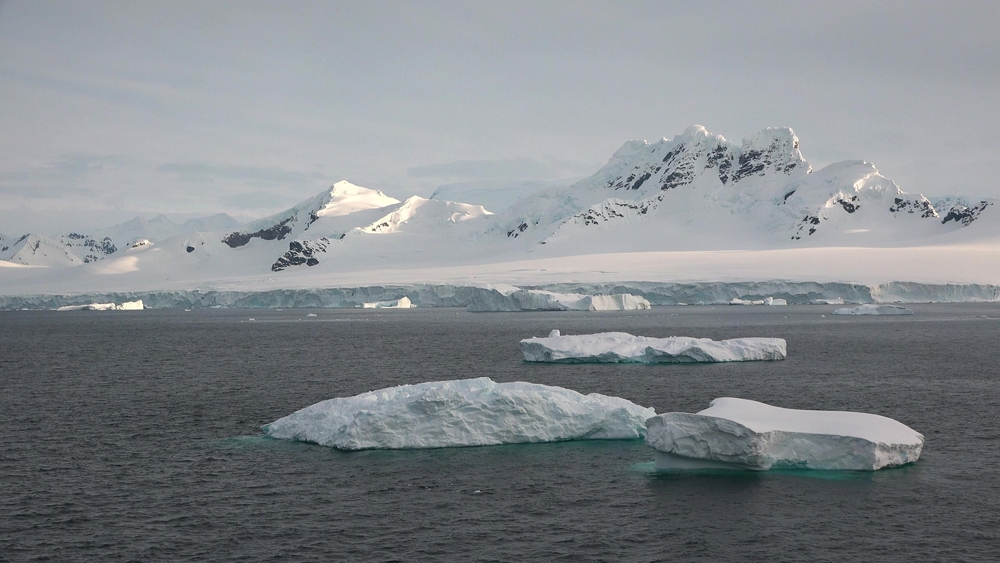
Greenland’s ice sheet is one of the most crucial components of our global climate system, playing a significant role in regulating sea levels. This massive ice sheet covers about 80% of the island and holds enough frozen water to raise global sea levels by 20 feet if it were to melt completely. Unfortunately, this scenario isn’t as far-fetched as it once seemed. According to NASA, Greenland is losing ice at an alarming rate of around 279 billion tons per year, primarily due to rising temperatures.
This dramatic loss of ice has far-reaching implications, not just for Greenland’s unique ecosystem but for coastal communities around the world. Rising sea levels put millions of people at risk of displacement and can lead to more frequent and severe flooding events. The melting ice also contributes to the disruption of ocean currents, which can further exacerbate climate change. It’s a stark warning that what happens in the Arctic doesn’t stay in the Arctic—it has a ripple effect across the globe.
3. The Amazon Rainforest Is Disappearing Faster Than Ever
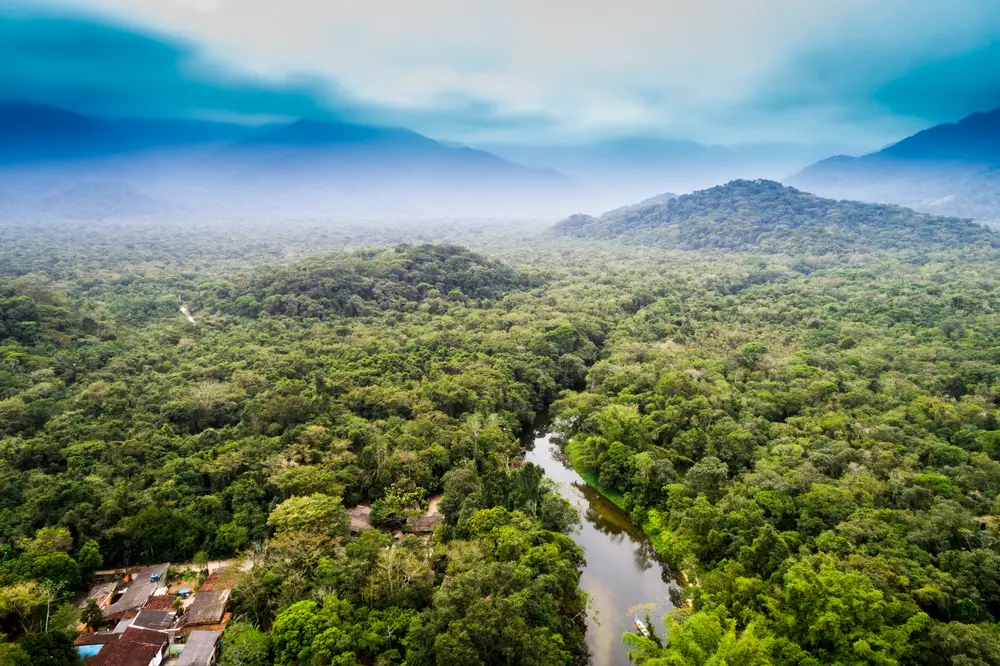
The Amazon Rainforest, often referred to as the “lungs of the Earth,” is a vital component of our planet’s health and biodiversity. Home to an incredible array of plant and animal species, this vast rainforest plays a crucial role in regulating the Earth’s atmosphere by absorbing carbon dioxide. Unfortunately, the Amazon is shrinking at an alarming rate, primarily due to deforestation and climate change. According to the World Wildlife Fund, this deforestation not only threatens countless species but also accelerates global warming by releasing stored carbon back into the atmosphere.
Beyond its environmental significance, the Amazon is integral to the cultural heritage and livelihoods of countless indigenous communities. As the forest recedes, these communities face significant challenges, including the loss of traditional lands and resources. The disappearance of the Amazon Rainforest is a stark reminder of the interconnectedness of ecosystems and the urgent need for sustainable practices and policies. If we fail to protect this natural wonder, we stand to lose one of our planet’s greatest treasures and a critical ally in the fight against climate change.
4. Venice’s Canals Are Sinking Under Pressure
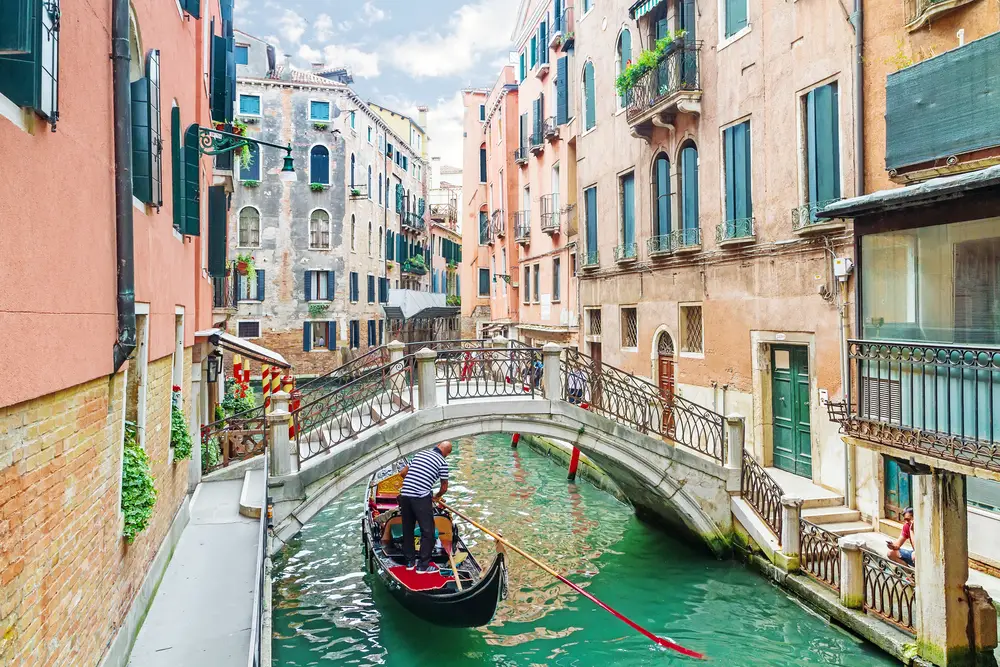
Venice, known for its enchanting canals and historic architecture, is a city that seems to float on water. Unfortunately, it’s not just the gondolas that are floating—the entire city is slowly sinking. The phenomenon of “acqua alta” or high water has become increasingly frequent, causing devastating floods that threaten Venice’s cultural heritage. Rising sea levels due to climate change exacerbate these floods, making the city’s future uncertain.
The impact of these floods extends beyond the inconvenience to tourists and locals; they pose a significant threat to Venice’s centuries-old buildings. The saltwater damages the foundations and causes erosion, putting the city’s unique architectural treasures at risk. Efforts like the MOSE project aim to protect Venice by providing flood barriers, but the long-term effectiveness remains to be seen. The situation in Venice is a poignant illustration of how climate change is altering landscapes and cultures worldwide.
5. The Maldives Are Fading Into The Ocean
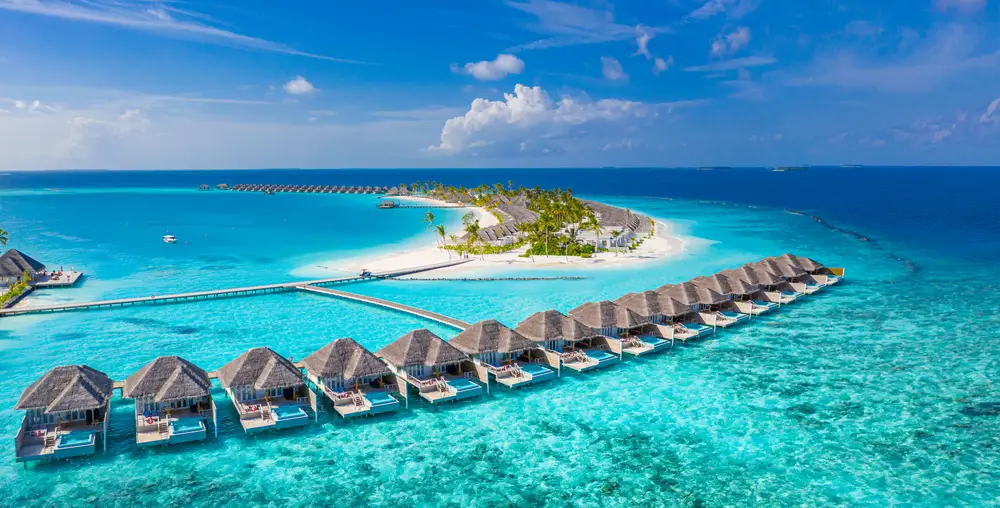
The Maldives, with its crystal-clear waters and pristine beaches, is the epitome of a tropical paradise. This breathtaking nation, made up of over 1,000 islands, is a dream destination for honeymooners and travelers alike. However, the Maldives is facing a dire threat that no amount of tourism can counteract: rising sea levels. With most of the islands sitting just a few feet above sea level, the Maldives is one of the most vulnerable countries to climate change.
The situation is so critical that some experts fear the Maldives could be uninhabitable by the end of the century. This impending crisis threatens not only the natural beauty of the islands but also the livelihoods and homes of Maldivians. The government has been proactive in seeking solutions, like investing in sustainable infrastructure and renewable energy. Yet, the future remains uncertain, underscoring the need for global action to mitigate climate change and protect vulnerable regions.
6. The Disappearing Glaciers of the Alps
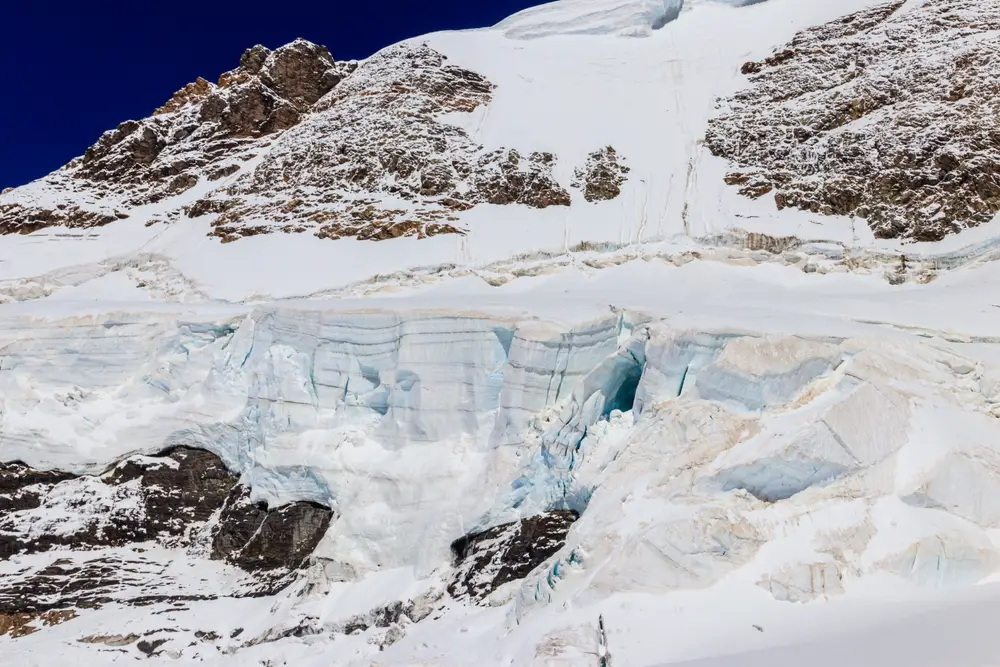
The Alps are a symbol of Europe’s natural beauty, drawing millions of visitors each year for skiing, hiking, and enjoying the stunning landscapes. These iconic mountains have long been crowned by majestic glaciers, but their pristine beauty is rapidly diminishing. Due to rising global temperatures, the glaciers in the Alps are retreating at an alarming rate. This retreat not only affects the natural beauty of the region but also has significant implications for water resources and ecosystems.
As the glaciers melt, they contribute to rising sea levels and alter the local climate, impacting weather patterns and biodiversity. The loss of glacial ice also poses challenges for communities that rely on glacial melt for fresh water. Ski resorts and tourism-driven economies are facing shorter seasons and adapting to changing conditions. Protecting the Alps requires comprehensive climate action and local adaptation strategies to preserve both the environment and the livelihoods that depend on it.
7. Kilimanjaro’s Iconic Ice Cap Is Shrinking
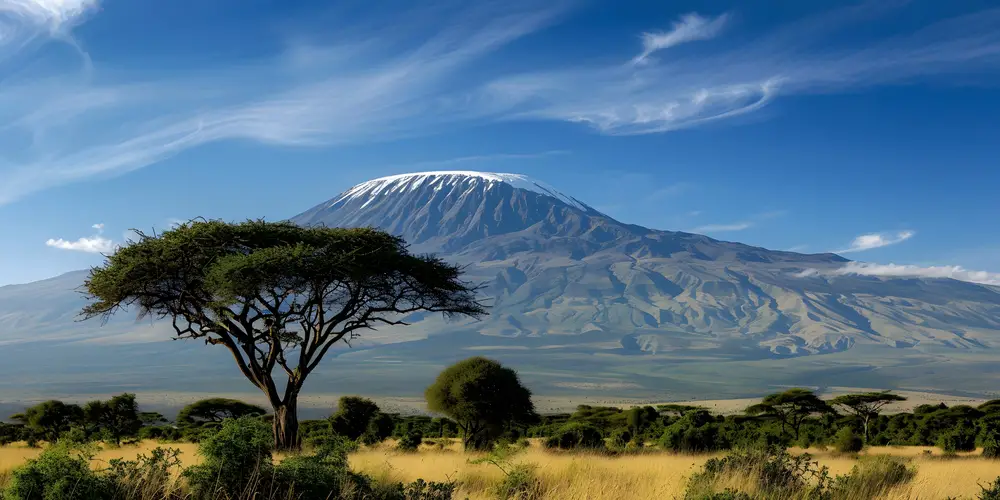
Mount Kilimanjaro, Africa’s highest peak, is renowned for its stunning snow-capped summit. This iconic feature has inspired countless adventurers and explorers, but it’s disappearing faster than anyone anticipated. Scientific studies show that Kilimanjaro’s glaciers have shrunk by more than 80% since the early 20th century. This dramatic decline is attributed to climate change, with rising temperatures and changing precipitation patterns playing a significant role.
The shrinking ice cap is more than just a loss of scenic beauty; it impacts the local climate and water supply. The glaciers play a crucial role in regulating the mountain’s ecosystem, and their decline could lead to significant ecological changes. Moreover, the loss of snow on Kilimanjaro affects tourism, which is a vital source of income for surrounding communities. The situation underscores the broader impacts of climate change on natural landmarks and the urgent need for climate action.
8. Antarctica’s Ice Shelves Are Crumbling
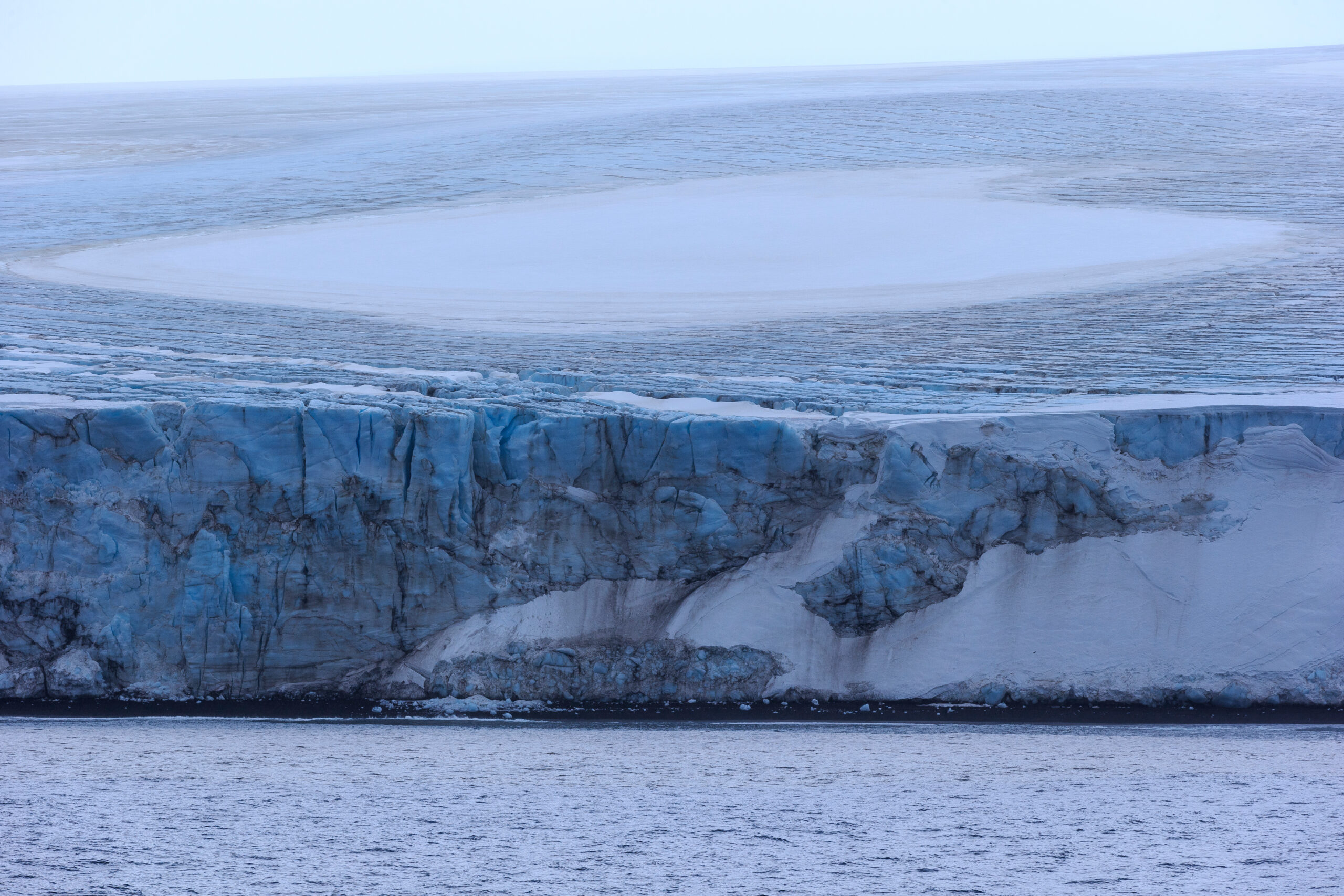
Antarctica is home to some of the planet’s most awe-inspiring ice formations, but these icy giants are under severe threat. The continent’s ice shelves are experiencing unprecedented levels of melting and disintegration, primarily due to rising global temperatures. Scientists have observed significant collapses in recent years, like the Larsen C Ice Shelf, which broke away in 2017, creating one of the largest icebergs ever recorded.
The disintegration of Antarctica’s ice shelves has profound implications for global sea levels. If the continent’s land-based ice were to melt entirely, it could lead to catastrophic sea-level rise, affecting millions of people worldwide. The changes in Antarctica also impact global climate patterns, as the region plays a crucial role in ocean circulation and temperature regulation. The situation is a stark warning of the far-reaching consequences of climate change, highlighting the need for global cooperation to mitigate its impacts.
9. The Ever-Shrinking Dead Sea
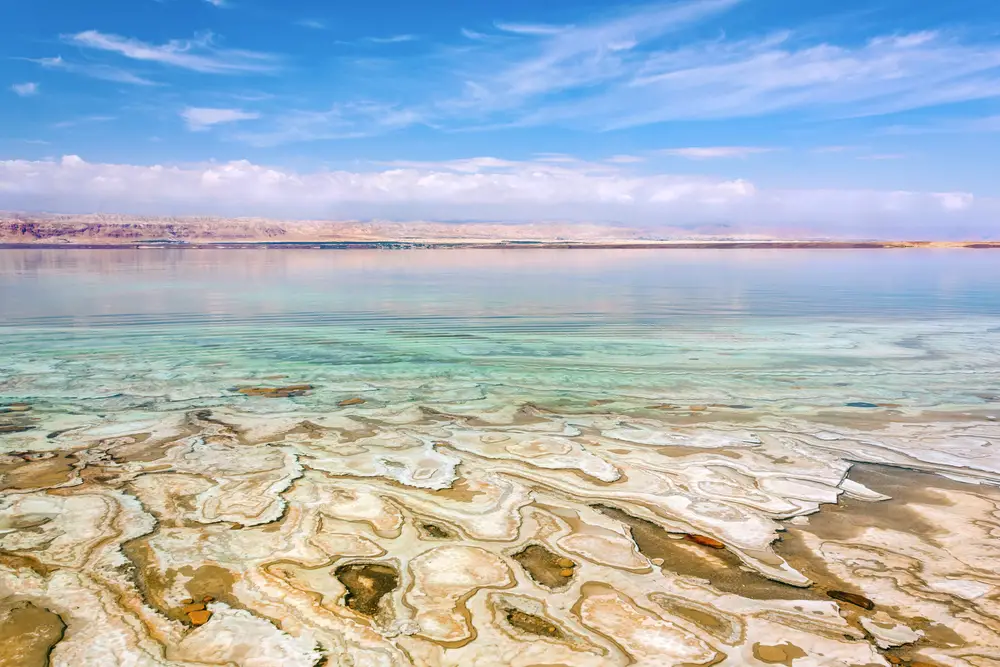
The Dead Sea, famous for its salt-rich waters and unique buoyancy, is a natural wonder that attracts visitors from around the world. However, this iconic body of water is shrinking at an alarming pace, with its water levels dropping by over three feet annually. The decline is primarily due to water diversion from its main tributary, the Jordan River, and compounded by the effects of climate change. As the sea recedes, it leaves behind sinkholes that pose a threat to the surrounding infrastructure and landscape.
The shrinking of the Dead Sea has significant environmental and economic implications. The loss of water affects the unique mineral composition, impacting industries that rely on its resources. Efforts are underway to address the decline, including proposals for water replenishment projects, but the challenges remain immense. This situation serves as a critical reminder of the delicate balance of natural ecosystems and the impact of human activity on their sustainability.
10. Glacier National Park’s Namesake Is Melting
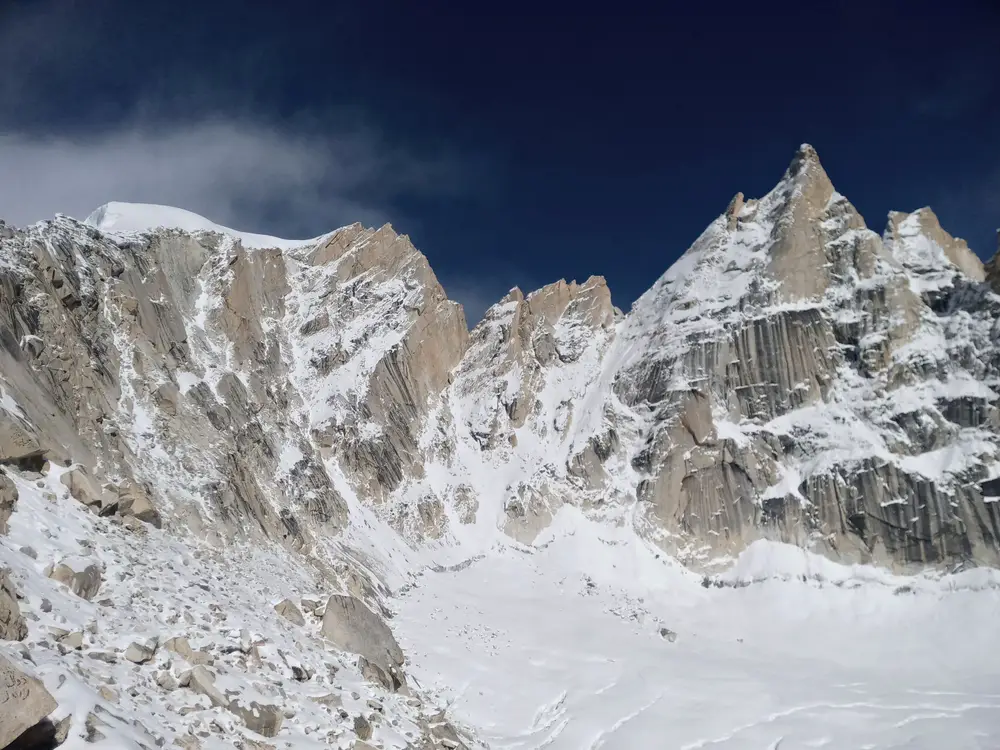
Glacier National Park, located in Montana, is celebrated for its stunning landscapes and diverse ecosystems. However, the park’s namesake glaciers are rapidly disappearing, with only about 25 glaciers remaining from the estimated 150 in the late 19th century. The primary driver of this decline is climate change, with rising temperatures melting the ice at an unprecedented rate. The loss of glaciers impacts the park’s biodiversity, water resources, and the overall visitor experience.
The retreat of the glaciers has cascading effects on the park’s ecosystems, altering habitats and affecting wildlife. The loss of glacial meltwater also impacts local communities that rely on it for agriculture and recreation. Efforts to monitor and mitigate the impacts of climate change in the park are ongoing, but the challenges are significant. Glacier National Park is a poignant symbol of the broader impacts of climate change on our natural heritage, emphasizing the need for urgent action.
11. Australia’s Disappearing Kakadu Wetlands
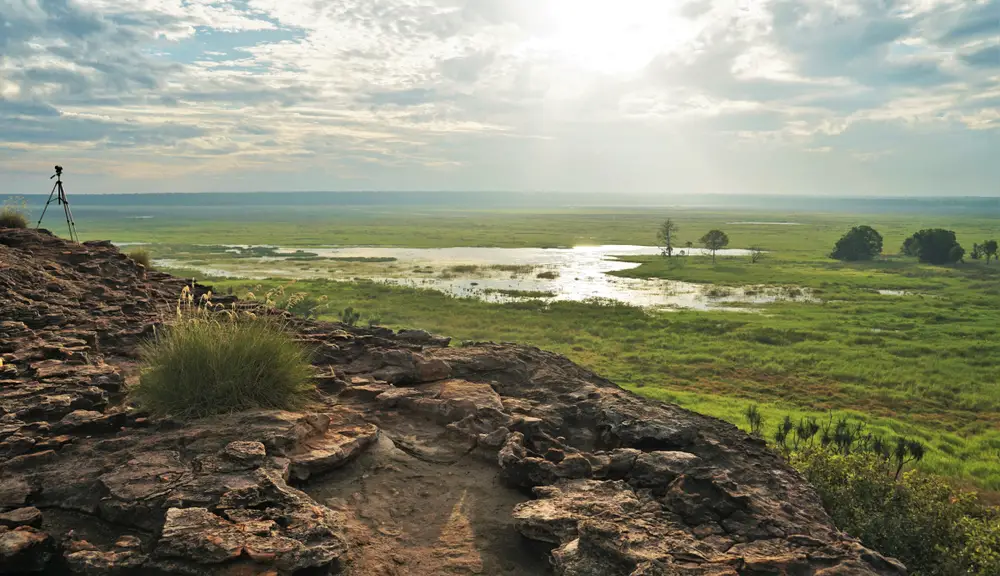
Kakadu National Park in Australia is a UNESCO World Heritage site, known for its rich cultural history and diverse ecosystems. The park’s wetlands, in particular, are renowned for their biodiversity and the vital role they play in the region’s ecology. However, climate change and invasive species threaten the health and existence of these wetlands. Rising sea levels and saltwater intrusion are altering the landscape, endangering the delicate balance of the ecosystem.
The loss of Kakadu’s wetlands has far-reaching implications for the region’s wildlife, including migratory birds and unique plant species. The cultural heritage of the indigenous communities who have lived in harmony with the land for thousands of years is also at risk. Conservation efforts are focused on sustainable land management and climate adaptation strategies, but the challenges are immense. This situation highlights the urgent need to protect our natural and cultural heritage from the impacts of climate change.
12. The Coral Triangle’s Biodiversity Crisis
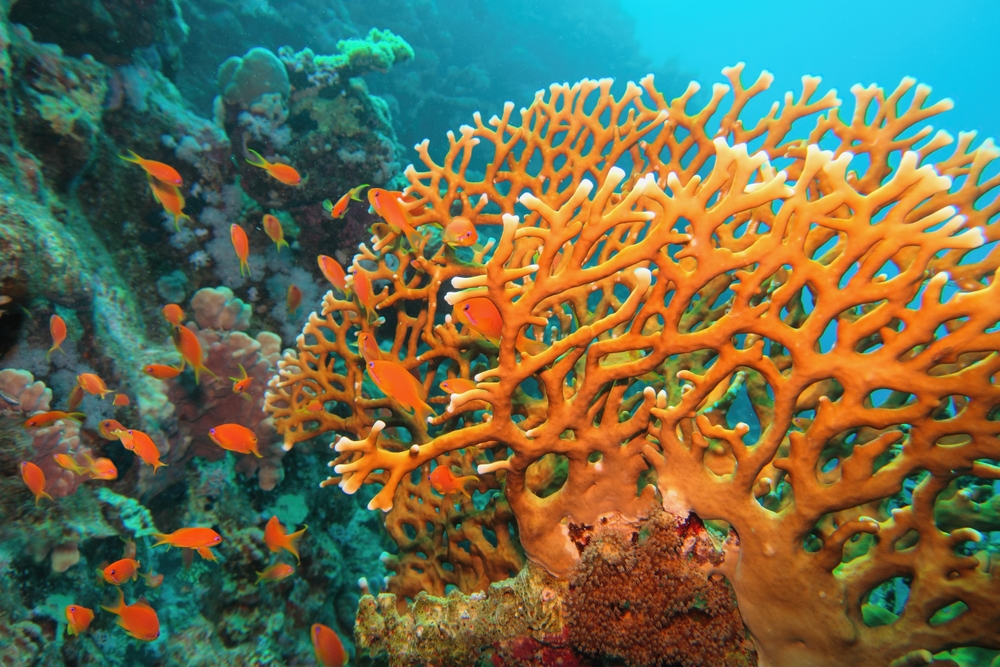
The Coral Triangle, encompassing parts of Southeast Asia and the Pacific, is one of the most biodiverse marine regions on Earth. It is home to nearly 600 species of coral and over 2,000 species of fish, making it a vital component of the global marine ecosystem. Unfortunately, this underwater wonderland is facing a biodiversity crisis due to climate change and human activities. Rising sea temperatures and ocean acidification are causing widespread coral bleaching, threatening the region’s rich biodiversity.
The loss of coral reefs in the Coral Triangle has significant implications for marine life and local communities. Reefs provide essential habitats for countless species and are a critical resource for food, tourism, and livelihoods. Efforts to protect and restore the Coral Triangle include initiatives to improve marine conservation and promote sustainable fishing practices. However, the challenges are immense, and global cooperation is needed to address the root causes of climate change and preserve this vital marine treasure.
13. The Disappearing Beauty of the Sundarbans
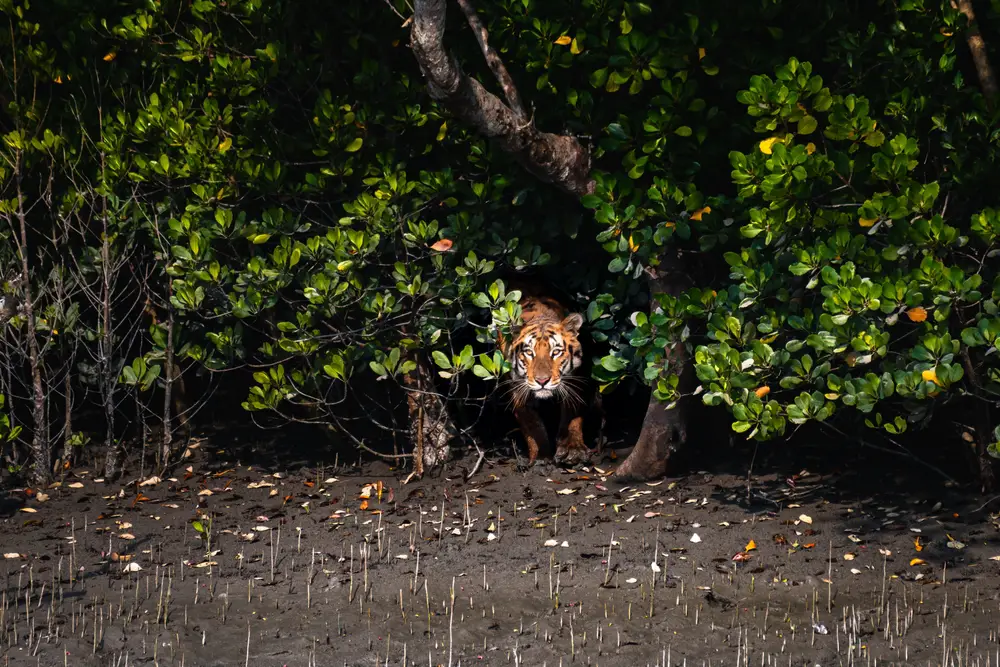
The Sundarbans, the world’s largest mangrove forest, spanning India and Bangladesh, is a vital ecosystem teeming with unique wildlife and plant species. This UNESCO World Heritage site is a critical habitat for the endangered Bengal tiger and a natural barrier against cyclones and storm surges. However, the Sundarbans are under threat from rising sea levels and increased salinity due to climate change. These changes are altering the delicate balance of the ecosystem, threatening its rich biodiversity.
The loss of the Sundarbans would have devastating consequences for the region’s wildlife and local communities who depend on it for their livelihoods. The mangroves play a crucial role in carbon sequestration, making their preservation vital in the fight against climate change. Conservation efforts focus on sustainable management and climate adaptation strategies, but the challenges are formidable. The situation underscores the urgency of protecting our planet’s natural wonders and the critical role they play in global ecological health.
